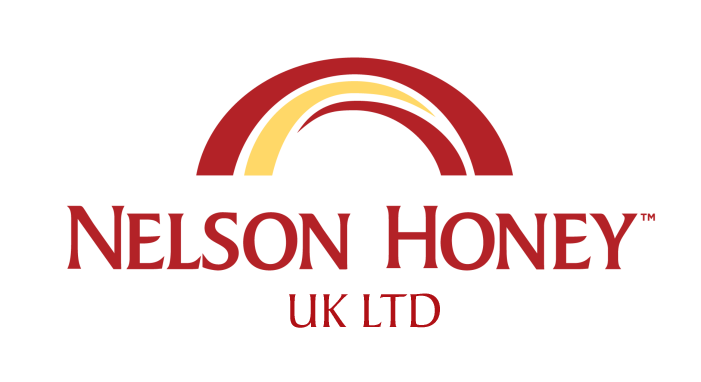SCIENCE OF HONEY
Honey contains a number of nutrients (see below) and has high levels of glucose and fructose which offers a healthier alternative to refined sugar making it a great source of energy. However, the composition of a honey batch depends on the floral source(s) available to the bees that produced the honey.
Nelson Honey operates a team of beekeepers and has hives are located throughout the beautiful regions at top of the South Island of New Zealand. Hives enjoy spectacular and remote locations including Maori Bay in the Marlborough Sounds and Rainbow Station in St Arnaud.
Here at Nelson Honey we can trace our honey back to the hives they came from and our team of beekeepers maintain the health and happiness of all our bees.
Manuka Honey
There has been much research done on the components of manuka honey, leading to worldwide acclaim of this wonderful honey.
Manuka Honey is unique to New Zealand and its special benefits have been a traditional part of folklore throughout New Zealand’s settled history.
At Nelson Honey, we test all our Manuka Honey for MGO (Methylglyoxal) activity along with other chemical markers to ensure that it is authentic manuka honey. Methylglyoxal is expressed as a minimum number of mg/kg and scientific evidence has confirmed it as being a key compound that occurs naturally in Manuka honey.
Further reading
The National Center for Biotechnology Information (NCBI) offers a great source of published research about honey. Below are links to interesting articles.
Identification and Quantitation of 2-Acetyl-1-pyrroline in Manuka Honey (Leptospermum scoparium). http://www.ncbi.nlm.nih.gov/pubmed/26365614
Average Nutritional Value per 100 g | |
Energy | 1,340 kJ (320 kcal) |
Carbohydrates | 79.6 g |
Fats | 0 g |
Protein | 0.4 g |
Water | 17.10 g |
Riboflavin (vit. B2) | 0.038 mg |
Niacin (vit. B3) | 0.121 mg |
Pantothenic acid (B5) | 0.068 mg |
Vitamin B6 | 0.024 mg |
Folate (Vit. B9) | 2 μg |
Vitamin C | 0.5 mg |
Calcium | 6 mg |
Iron | 0.42 mg |
Magnesium | 2 mg |
Phosphorus | 4 mg |
Potassium | 52 mg |
Sodium | 12 mg |
Zinc | 0.22 mg |


